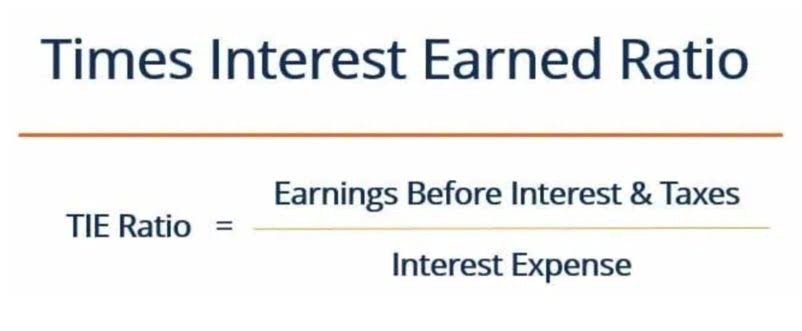Pryce Accounting & Tax Services, CPA, PLLC: A professional tax and accounting firm in Brooklyn, New York: Home
Signs Your First Date Ended Up Being Successful
February 8, 2023Zak?ady Bukmacherskie Legalny Polski Bukmacher Onlin
February 9, 2023
(3) Ensure that the flightcrew is made suitably aware whenever the means of primary flight control approaches the limits of control authority. (c) Each component and rotating aerodynamic surface of the aircraft must be free from any aeroelastic instability under each appropriate speed and power condition. (a) The aircraft must exhibit static stability characteristics inclusive of likely failures. (iii) The steady rate of climb (or descent) enroute is determined in feet per minute, at each weight, altitude, and temperature at which the aircraft is expected to operate for which certification is requested. Our mission is to help clients maintain financial viability in the present while taking a proactive approach to achieve future goals.

AM1.2150?Minimum Safe Speed Characteristics and Warning
- AM1.2140(b)(2) references flight conditions and not phases of flight, and therefore “level flight” is appropriate.
- When the analysis depends on representative components, assumed interfaces, or assumed installed conditions, the assumptions must be stated in the analysis.
- The engine must be subjected to a durability demonstration to show that each part of the engine has been designed and constructed to minimize any unsafe condition of the system between overhaul periods or between engine replacement intervals if the overhaul is not defined.
- Several commenters stated that reliance on manual backup control of power or thrust on distributed propulsion powered-lift is unlikely to be acceptably achievable to ensure CSFL, and that failure of the propulsion control system is potentially catastrophic.
- The FAA agrees and has revised this definition to align with the powered-lift definition more closely.
We provide professionalized accounting solutions through US and international resources that assist growing companies with scaling effectively and moving past dated processes. Our team of highly-skilled accountants will set up and manage your digital stack and related workflows to improve and streamline propeller accounting your business operations. (c) An analysis based on tests of propellers of similar design may be used in place of the tests of this section. (e) If the safety analysis depends on one or more of the following items, those items must be identified in the analysis and appropriately substantiated.
AM1.281?Propeller Critical Parts
Several commenters suggested the FAA adopt EASA’s special condition for vertical take-off and landing aircraft (SC-VTOL) requirements for powered-lift. The FAA disagrees and has instead adopted “essential” and “increased” performance approvals. Although the FAA’s “essential” and increased” performance approvals are similar to EASA’s “Category Basic” and “Category Enhanced” approvals, differences remain. The FAA is establishing these airworthiness criteria for the Model M001 to provide a certification basis for aircraft design approval, while the operational approval is accomplished outside of the aircraft certification process.

§?33.8?Selection of Engine Power and Thrust Ratings
Several commenters requested the FAA require provisions for in-service monitoring such as a Health and Usage Monitoring System (HUMS) system to validate assumptions pertaining to airframe structure designs. The FAA is charged under §?21.17(b) to provide an equivalent level of safety to the existing airworthiness standards. The FAA does not currently require in-service monitoring for critical parts on other aircraft types, and the FAA does not plan to require any provisions for in-service monitoring of critical parts for powered-lift. A commenter stated that the propeller-specific lightning strike requirements of §?35.38, which prevent major or hazardous effects, are inconsistent with aircraft-level lightning requirements in AM1.2335, which prevents catastrophic effects. The commenter proposed modifying the airworthiness criteria to remove the inconsistency.
Requests To Include Additional Criteria
The airworthiness criteria have been revised to exclude paragraph (f) from the requirement to comply with certain paragraphs of §?33.29. This commenter also stated the engines for the Model M001 are being certified under the umbrella of the aircraft type certificate; as a result, the installation and operating instructions will https://www.bookstime.com/articles/tax-liability already be part of the type design data package at the aircraft level. Other commenters stated that no additional burden from individual “engine-only” requirements for data sheet content is necessary, from §?33.5(a), (b), and (c), AM1.2702, AM1.2706, AM1.2710(j)(2), AM1.2718(c) and (d), AM1.2719(b) and (e), and AM1.2733(d)(2).
Zachary Gordon, CPA – 2022 “40 Under 40” Honoree – CPAPracticeAdvisor.com
Zachary Gordon, CPA – 2022 “40 Under 40” Honoree.
Posted: Thu, 27 Oct 2022 07:00:00 GMT [source]
When approval is sought for a transient maximum engine overtorque, the applicant must demonstrate by test, validated analysis, or a combination thereof, that the engine can continue operation after operating at the maximum engine overtorque condition without maintenance action. Upon conclusion of overtorque tests conducted to show compliance with this subpart, or any other tests that are conducted in combination with the overtorque test, each engine part or individual groups of components must meet the requirements of AM1.2729. These requirements apply to any system or device that is part of the engine type design that controls, limits, monitors, or protects engine operation and is necessary for the continued airworthiness of the engine. (a) Each installed powerplant must operate without any hazardous characteristics during normal and emergency operation within the range of operating limitations for the aircraft and the engine.

§?35.7?Features and Characteristics
§?23.2500?Airplane Level Systems Requirements
Pryce Accounting & Tax Services, CPA, PLLC
- So whether you need a single startup accountant or an established team, we’ll ensure your support is curated for your growth targets, business model, and industry.
- (a) A rotor overspeed must not result in a burst, rotor growth, or damage that results in a hazardous engine effect, as defined in AM1.2717(d)(2).
- The phrase “critical control parameters, such as limited control power margins” is intended to capture parameters or limits in which the aircraft is control or performance limited.
- The electrical system must ensure the safe generation and transmission of power, electrical load shedding, and that the engine does not experience any unacceptable operating characteristics or exceed its operating limits.
